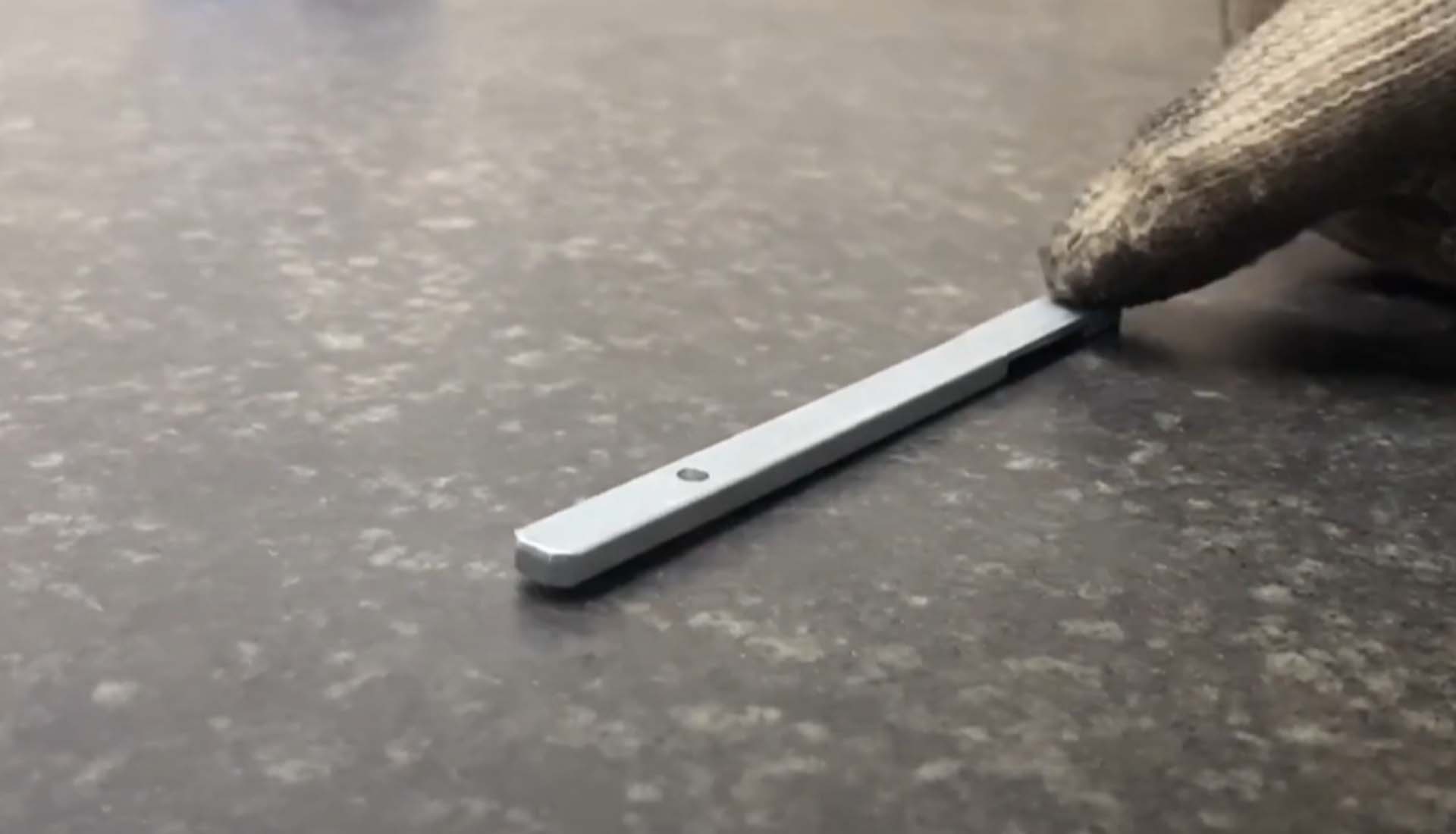Mass production of flat and high-quality stamping parts with leveling processing involves a series of steps to ensure that the stamped parts are uniform and free from defects. These steps include:
1. Material selection: The first step in the process is to select the appropriate material for the stamping parts. The material should be of high quality and suitable for the intended application.
2. Stamping: The next step is to stamp the parts using a high-speed stamping machine. The machine should be capable of producing large quantities of parts quickly and accurately.
3. Leveling: After stamping, the parts are subjected to a leveling process to ensure that they are flat and uniform in thickness. This process involves passing the parts through a series of rollers that apply pressure to the surface of the parts to flatten them.
4. Cleaning: The parts are then cleaned to remove any debris or contaminants that may have accumulated during the stamping and leveling processes.
5. Inspection: The final step is to inspect the parts to ensure that they meet the required specifications. Any defects or deviations from the specifications are identified and corrected before the parts are shipped to the customer.
By following these steps, manufacturers can produce large quantities of flat and high-quality stamping parts with consistent quality and minimal waste. This approach is particularly useful in applications where precision and uniformity are critical, such as in the automotive, aerospace, and electronics industries.

